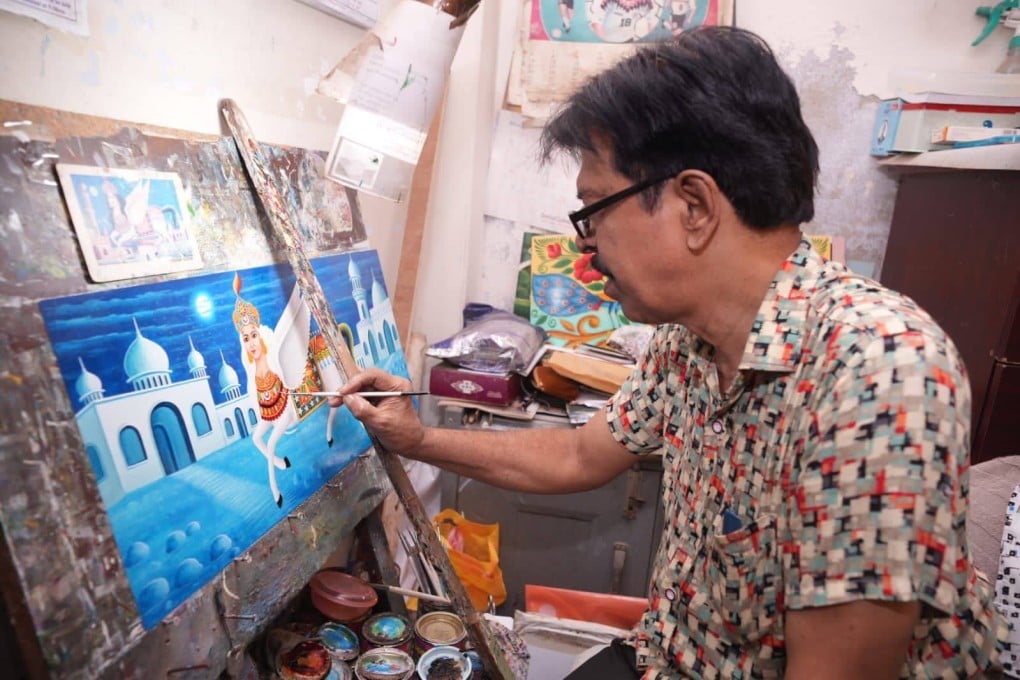Can Bangladesh preserve its Unesco-listed, colourful painted rickshaws?
- Many third or fourth generation rickshaw artists are losing interest in the time-consuming craft that provides little recognition or income
- Modern, motorised rickshaws are gaining popularity over the traditional ones and the rise of digital art also threatens rickshaw artists’ livelihoods

Bangladesh’s intricately decorated rickshaws, featuring elaborate motifs painstakingly rendered in enamel paints, navigate the country’s urban landscapes as embodiments of a living art form but now face the threat of dying out as its popularity declines.
Many third or fourth generation rickshaw artists are losing interest in the craft that provides little recognition or income.
Abdul Hamid, 46, a rickshaw artist in Dhaka, says people prefer modern transport like cars and the metro, though many admire their art. He also lamented the rise of technology, with digital art now a threat to traditional rickshaw artists.

It takes a traditional artist over a week to decorate a vehicle, from bonnet to seat to wheels and even the handle bars. But such painstaking work can now be easily replaced with digitally-designed and printed adhesive decorations.
“In the past, they were also decorated with colourful veils and sequin shawls, but this is also slowly disappearing,” Hamid said.
Rickshaws remain a popular means of conveyance in cities and towns across Bangladesh, with an estimated one million of the slow-moving tricycles on the roads.
Rickshaw art first began in Dhaka in the 1950s and expanded nationwide, with every Bangladeshi town now having its special style.
